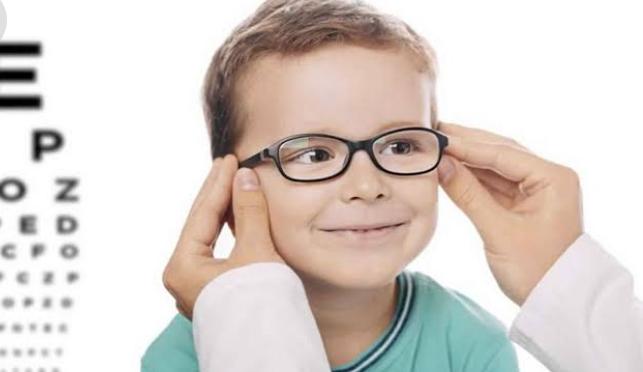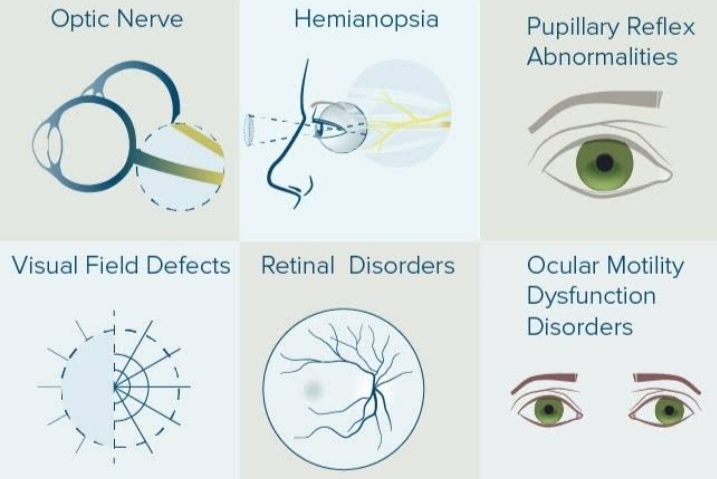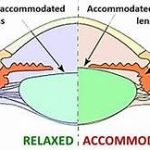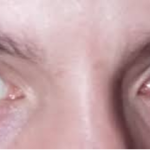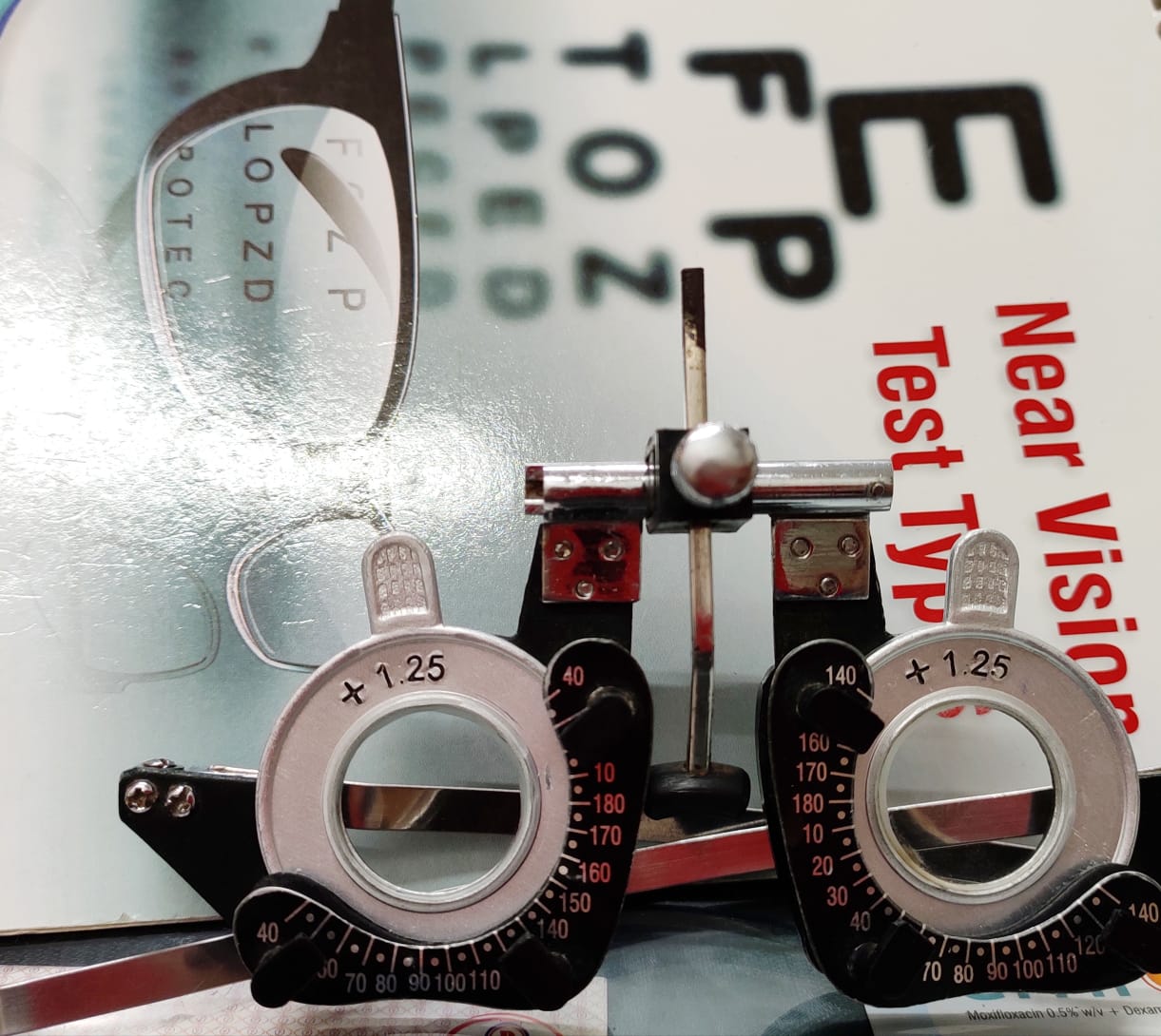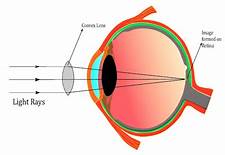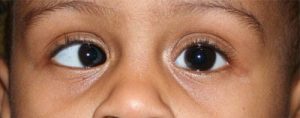Paralysis is loss or impairment of motor function in a part due to a lesion of the neural or muscular mechanism; also, by analogy, impairment of sensory function (sensory paralysis). Paralysis is a symptom of a wide variety of physical and emotional disorders rather than a disease in itself. Called also palsy.
In paralysis of accommodation, amplitude of accommodation is either markedly reduced or completely absent (cycloplegia). It may occur due to ciliary muscle paralysis or occulomotor nerve paralysis. Parasypatholytic drugs like atropine will also cause paralysis of accommodation.

Causes Of Paralysis Of Accommodation: 1. Drug-induced cyclopedigia results due to the effect of atropine, homatropine or other parasympatholytic drugs.
2. Internal opthalmoplegia (paralysis of ciliary muscle & sphincter pupillae) may result from neuritis associated with diphtheria, syphilis, diabetes, chronic alcohonism, cerebral or meningeal diseases, including even a mild head injury.
3. Paralysis of accommodation as a component of complete third nerve paralysis may occur due to intracranial or orbital causes. The lesions may be traumatic, inflammatory, vascular, demyelination or neoplastic in nature.
Types Of paralysis: Paralysis results from damage to parts of the nervous system. The kind of paralysis resulting, and the degree, depend on whether the damage is to the central nervous system or the peripheral nervous system.
If the central nervous system is damaged, paralysis frequently affects the movement of a limb as a whole, not the individual muscles. The more common forms of central paralysis are hemiplegia (in which one entire side of the body is affected, including the face, arm, and leg) and paraplegia (in which both legs and sometimes the trunk are affected). In central paralysis the tone of the muscles is increased, causing spasticity.
If the peripheral nervous system is damaged, individual muscles or groups of muscles in a particular part of the body, rather than a whole limb, are more likely to be affected. The muscles are flaccid, and there is often impairment of sensation.
Causes of Central Paralysis. stroke syndrome is one of the most common causes of central paralysis. Although there is usually some permanent disability, much can be done to rehabilitate the patient. Paralysis produced by damage to the spinal cord can be the result of direct injuries, tumors, and infectious diseases. Paralysis in children may be a result of failure of the brain to develop properly in intrauterine life or of injuries to the brain, as in the case of cerebral palsy. Congenital syphilis may also leave a child partially paralyzed. Paralysis resulting from hysteria has no organic basis and is a result of emotional disturbance or mental illness.
Causes of Peripheral Paralysis. Until the recent development of immunizing vaccines, the most frequent cause of peripheral paralysis in children was poliomyelitis. neuritis, inflammation of a nerve, can also produce paralysis. Causes can be physical, as with cold or injury; chemical, as in lead poisoning; or disease states, such as diabetes mellitus or infection. Paralysis caused by neuritis frequently disappears when the disorder causing it is corrected.
paralysis of accommodation paralysis of the ciliary muscles of the eye so as to prevent accommodation.
paralysis a´gitans Parkinson’s disease.
ascending paralysis spinal paralysis that progresses upward.
birth paralysis that due to injury received at birth.
brachial paralysis of an upper limb from damage to the brachial plexus.
bulbar paralysis that due to changes in motor centers of the medulla oblongata; the chronic form is marked by progressive paralysis and atrophy of the lips, tongue, pharynx, and larynx, and is due to degeneration of the nerve nuclei of the floor of the fourth ventricle.
central paralysis any paralysis due to a lesion of the brain or spinal cord.
cerebral paralysis caused by an intracranial lesion; see also cerebral palsy.
compression paralysis that caused by pressure on a nerve.
conjugate paralysis loss of ability to perform some parallel ocular movements.
crossed paralysis affecting one side of the face and the other side of the body.
crutch paralysis brachial paralysis caused by pressure from a crutch.
decubitus paralysis due to pressure on a nerve from lying for a long time in one position.
divers’ paralysis decompression sickness.
Duchenne’s paralysis:
1. Erb-Duchenne paralysis.
2. progressive bulbar paralysis.
Erb-Duchenne paralysis of the upper roots of the brachial plexus due to destruction of the fifth and sixth cervical roots, without involvement of the small muscles of the hand. Called also Erb’s palsy.
facial paralysis weakening or paralysis of the facial nerve, as in bell’s palsy.
familial periodic paralysis a hereditary disease with recurring attacks of rapidly progressive flaccid paralysis, associated with a fall in (hypokalemic type), a rise in (hyperkalemic type), or normal (normokalemic type) serum potassium levels; all three types are inherited as autosomal dominant traits.
flaccid paralysis paralysis with loss of muscle tone of the paralyzed part and absence of tendon reflexes.
immunologic paralysis former name for immunologic tolerance.
infantile paralysis the major form of poliomyelitis.
infantile cerebral ataxic paralysis a congenital condition due to defective development of the frontal regions of the brain, affecting all extremities.
ischemic paralysis local paralysis due to stoppage of circulation.
Klumpke’s paralysis (Klumpke-Dejerine paralysis) atrophic paralysis of the lower arm and hand, due to lesion of the eighth cervical and first dorsal thoracic nerves.
Landry’s paralysis Guillain-Barré syndrome.
lead paralysis severe peripheral neuritis with wristdrop, due to lead poisoning.
mixed paralysis combined motor and sensory paralysis.
motor paralysis of the voluntary muscles.
Saturday night paralysis. musculospiral paralysis
obstetric paralysis birth paralysis.
periodic paralysis:
1. any of various diseases characterized by episodic flaccid paralysis or muscular weakness.
2. familial periodic paralysis.
progressive bulbar paralysis the chronic form of bulbar paralysis; called also Duchenne’s disease or paralysis.
pseudobulbar muscular paralysis, pseudohypertrophic muscular dystrophy.
pseudohypertrophic muscular paralysis, pseudohypertrophic muscular dystrophy.
radial paralysis, Saturday night paralysis.
Saturday night paralysis of the extensor muscles of the wrist and fingers, so called because of its frequent occurrence in alcoholics. It is most often due to prolonged compression of the radial (musculospiral) nerve, and, depending upon the site of nerve injury, is sometimes accompanied by weakness and extension of the elbow. Called also musculospiral or radial paralysis.
sensory paralysis loss of sensation resulting from a morbid process.
sleep paralysis occurring at awakening or sleep onset; it represents extension of the atonia of REM sleep into the waking state and is often seen in those suffering from narcolepsy or sleep apnea. Called also waking paralysis.
spastic paralysis with rigidity of the muscles and heightened deep muscle reflexes and tendon reflexes.
spastic spinal paralysis lateral sclerosis.
tick paralysis progressive ascending flaccid motor paralysis following the bite of certain ticks, usually Dermacentor andersoni.
Clinical Features:
- Blurring of near vision. It is the main complaint in previously emmetropic or hypertropic patients. Blurring of near vision may not be marked in myopic patients.

2. Photophobia (glare) due to accompanying dilation of pupil (mydriasis) is usually associated with blurring of near vision.

3. Micropsis. As a more accommodative effort is required to see near object which is then perceived to be nearer than it actually is and therefore smaller.

4. Abnormal receding of near point and markedly decrease range of accommodation are revealed on examination.
5. Other signs of third nerve palsy may be seen if paralysis of accommodation is due to third nerve palsy.
Treatment:
- An effort should be made to find out the cause and try to eliminate it.
- Self-recovery occurs in drug-induced paralysis and in diphtheric cases (once systemic disease is treated).
- Dark-glasses effective in reducing glare.
- Convex lenses for near vision, if the paralysis is permanent.
